Behind the wheel of the electric Rolls-Royce Spectre
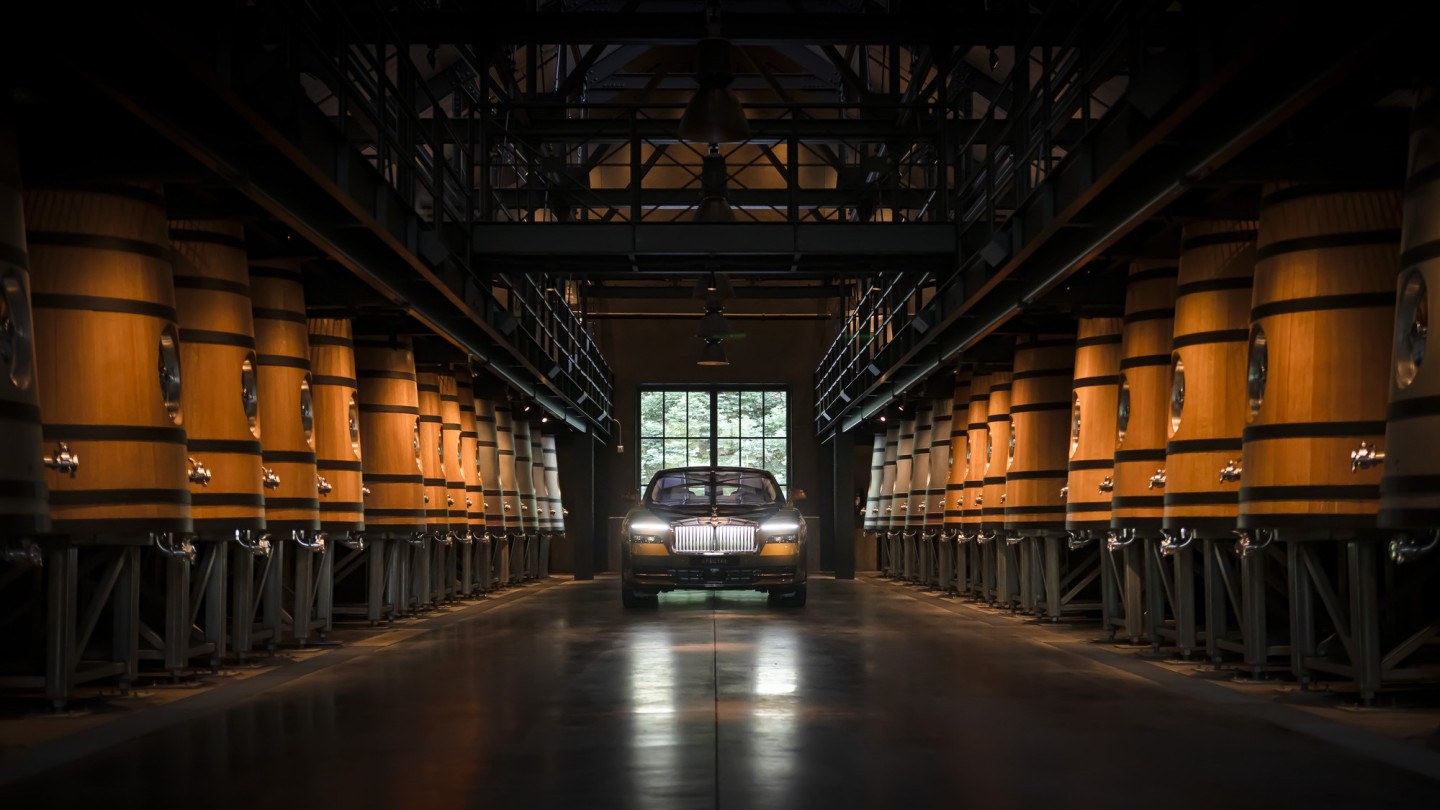
Roula Khalaf, Editor of the FT, selects her favourite stories in this weekly newsletter.
Once upon a time, the idea of a Rolls-Royce being powered by anything but a V12 engine was preposterous. “Take the best that exists and make it better,” has been the carmaker’s mantra and, until now, Rolls-Royce has been cautious of committing to electric.
“When we first started experimenting with the 102EX in 2011, electric battery technology and also charging was definitely not on levels that myself or our clients would consider appropriate for a Rolls-Royce,” explains CEO Torsten Müller-Otvös. But the technology has improved and “now, here we are,” he says pointing to the brand’s first electrified production car, the Spectre.
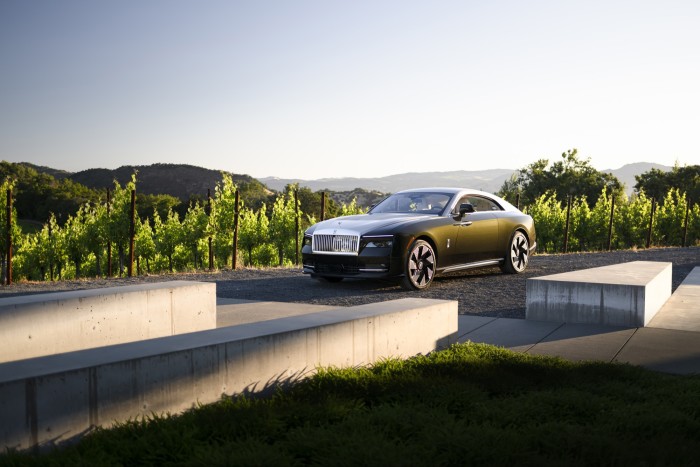
Five and a half metres long, with an entry price of £330,000, the Spectre is a car of epic proportions, particularly for a two-door, four-seater coupé. Steering clear of reinventing Rolls-Royce’ visual identity, the Spectre is more evolution than revolution when it comes to design. The long bonnet, trademark rear-hinged coach doors, sheer surfaces and imposing upright front are still dominant design cues, despite the substantial change under the aluminium bodywork.
Positioning it as the spiritual successor to the 2008 Phantom Coupé, Rolls-Royce hopes the Spectre will attract new buyers to the brand as well as appeal to loyal customers. With North America being Rolls-Royce’s largest market, the Spectre was launched in California’s sun-drenched Napa Valley.
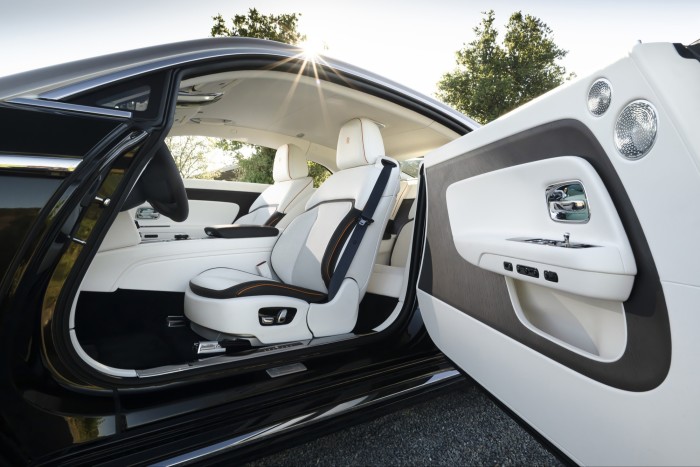
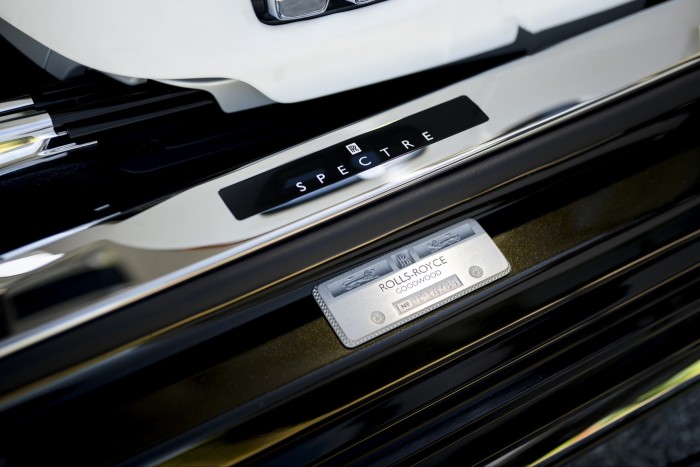
Out on Napa’s wooded and winding roads, Spectre’s acceleration is stately, not excruciatingly sharp like so many electric cars. Rolls-Royce has intentionally added a slight delay to the acceleration to make for a smoother 0-60mph dash, which takes 4.4 seconds. Through the corners, it’s hard to ignore the car’s 2.9-tonne weight. With a large battery on board and the typical Rolls-Royce host of hefty trim materials and interior comforts, the Spectre is one of the heaviest cars on the market.
Given its mass, Rolls-Royce has done a good job at controlling all that weight through the corners, with the Spectre handling sharp twists and turns far better than expected. Rolls-Royce refers to the car’s “waftability” and that’s exactly how it feels to drive. The redesigned Spirit of Ecstasy, with lower wings for greater aerodynamic efficiency, sits proudly on the bonnet as a handy marker for the centre point. The car’s proportions aren’t a problem on California’s wide roads but on the UK’s tight city streets and B-roads, it might prove difficult to pilot.
As to range, its 102kWh battery is good for 329 miles WLTP (travelling at an average speed of 28.8mph). Expect a shorter range in reality – like so many electric cars, everything from the climate outside to the in-car tech can impact upon the range.
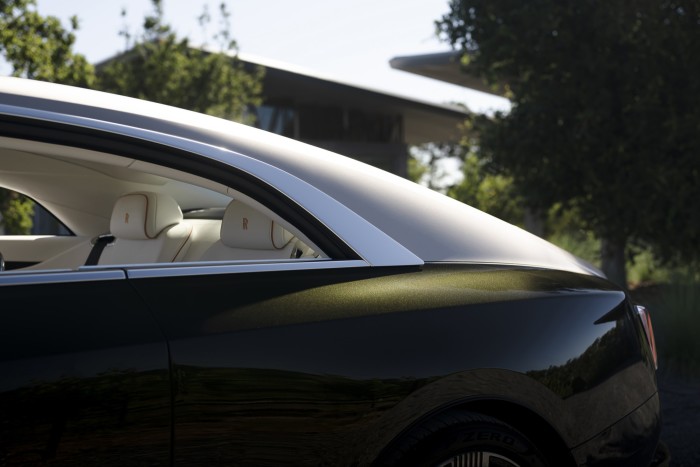
On the inside, it’s a similar story to the rest of Rolls-Royce’s models save for the glitz of the star-lined doors. Rolls pioneered the Starlight Headliner (a series of fibre-optic lights hidden in the car’s ceiling) back in 2007 but Spectre sees that replicated in the doors and in the rear cabin, with 4,796 lights. At night, it’s an impressive spectacle. Up front there’s a digital dashboard display in place of analogue dials and the car’s digital architecture has been revised with a new software package called Spirit, making it the most connected Rolls-Royce to date. Part of that package gives customers the opportunity to customise the art deco-inspired look and layout on the dashboard. The graphics are easy to read and refreshingly simple given other EV manufacturers have chosen to dial up the data output.
The maker has been keen to ensure Spectre remains a Rolls-Royce first and an electric car second. While it’s certainly achieved that, it’s swerved the opportunity to revise the definition of a super-luxury car in an all-electric age. Rolls-Royce’s closest rival Bentley will be bringing its first all-electric car to market in 2025. In launching Spectre now, Rolls-Royce has arrived first to market. A confident but cunning move that sees Spectre establish itself as the benchmark for other luxury EVs to come.
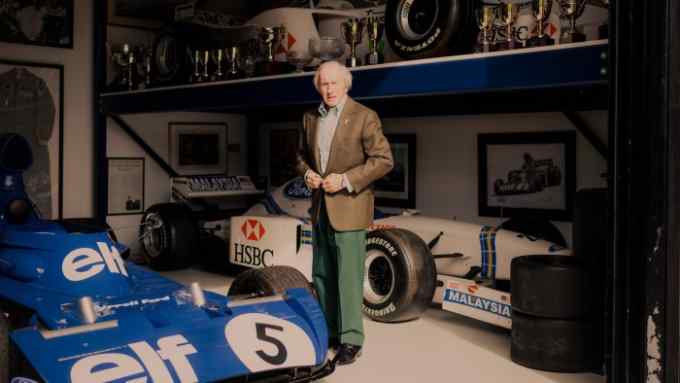
Comments